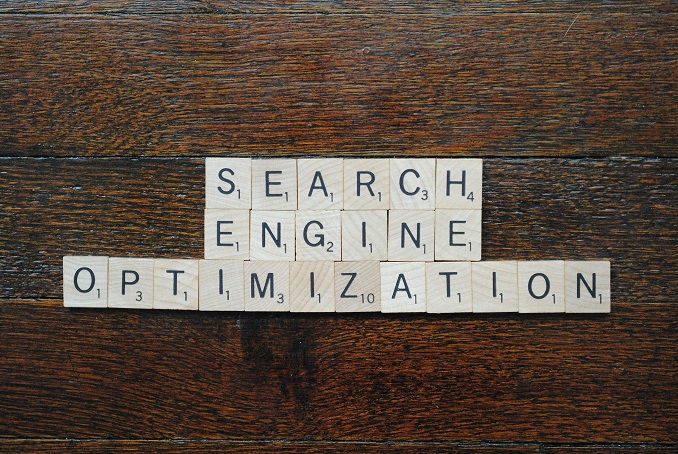The internet continues to evolve rapidly, and compared to traditional marketing, online marketing is becoming the need of the hour for businesses & users. With so much information available, the largest search engine, Google, would take time to display the relevant websites to the users for the search queries entered. Google's ranking algorithms are designed to do just that: filter through millions of web pages along with other information and display the relevant results in seconds. It is essential to understand what Google bot looks for when ranking pages for the keywords or search terms entered. Let us discuss ahead in the blog the essential on-page SEO factors that affect the ranking of the website on the SERPs.
Importance of on-page ranking factors in SEO
On-page ranking factors are the aspects of website optimization that search engine algorithms consider when determining a website's relevance and ranking in the search engine results pages (SERPs). On-page SEO is a key part of any digital marketing strategy. It’s the process of optimizing the content and code of a given webpage so that it can rank higher in search engine results pages (SERPs). This is an important process that can help to increase your website's visibility, drive more traffic,& ultimately generate more leads and boost online sales. With the right on-page SEO strategy, you can optimize your website for search engine crawlers and users so that relevant results are displayed to them. It involves optimizing page titles, meta descriptions, headings, content, images, internal links, and other elements on the page. It also involves optimizing the page's HTML code to ensure that search engines properly index all the elements.
On-page SEO is important because it helps search engines understand what your website is all about. When done correctly, it can significantly improve your website’s visibility, resulting in more organic traffic and conversions. It’s an important part of any digital marketing strategy, and it’s essential to ensure that your website is properly optimized to maximize its potential. On-page ranking factors are the aspects of website optimization that search engine algorithms consider when determining a website's relevance and ranking in the search engine results pages (SERPs). In this article, we'll explore what you need to know about on-page ranking factors and how on-page optimization of these essential factors provide the best possible search engine rankings.
Essential on-page SEO ranking factors
Essentials on-page SEO ranking factors that are necessary for a successful website are as follows:
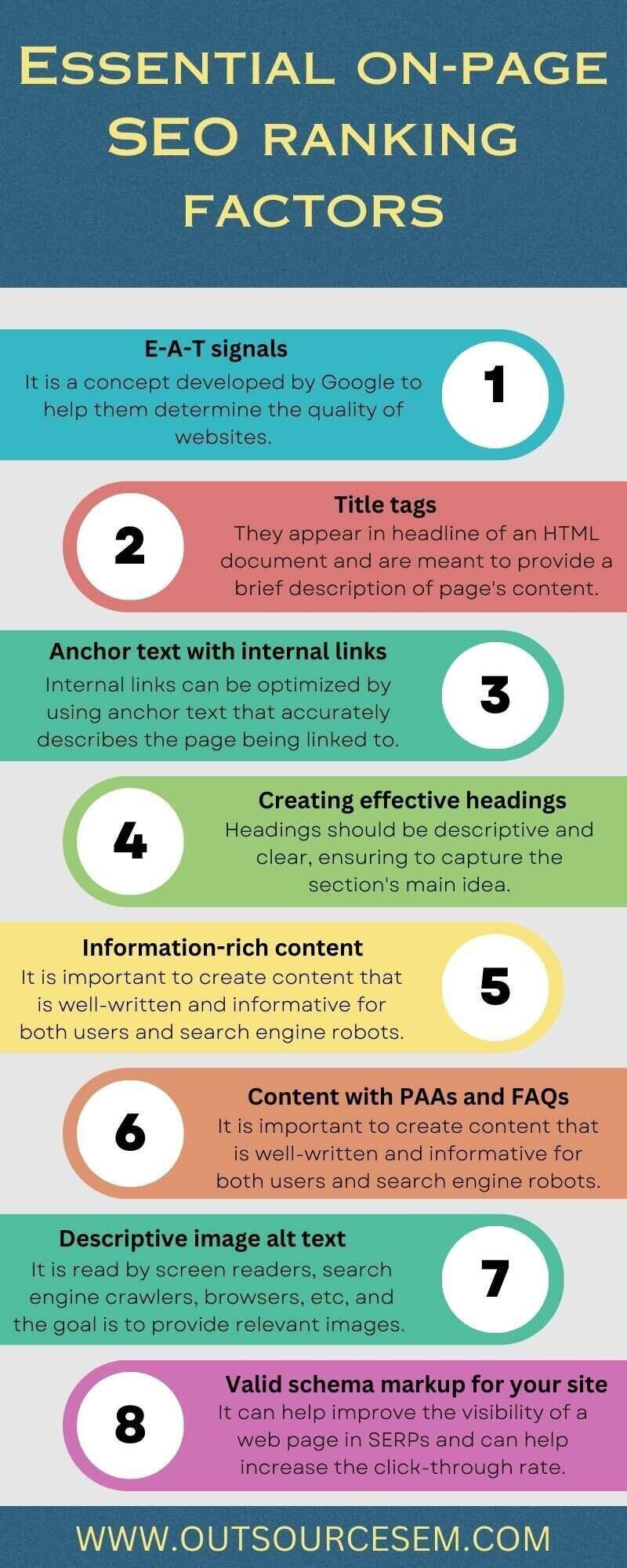
1. E-A-T signals - E-A-T stands for Expertise, Authority, and Trustworthiness, is a concept developed by Google to help them determine the quality of websites. On-page E-A-T signals are indicators that search engine algorithms use to assess the quality and trustworthiness of a website. On-page E-A-T signals refer to the signals that are found on the page itself, such as content quality, page design, website navigation, and user experience.
When looking for on-page E-A-T signals, search engine algorithms look for things like the author’s expertise and authority on the subject, the trustworthiness of the publication, and the overall quality of the content. They also look for indicators that the website is up-to-date and accurate, such as how often the content is updated, the presence of reviews and ratings, and the presence of social media links.
On-page E-A-T signals are important for websites to consider when optimizing for search engines. By ensuring that the website is up-to-date, accurate, and provides high-quality content, search engine algorithms are more likely to rank the website higher in the search results. Additionally, websites can build a reputation and establish trust with their visitors by demonstrating expertise, authority, and trustworthiness.
2. Title tags - Title tags are HTML elements that define the title of a web page. They appear in the headline of an HTML document and are meant to provide a brief, concise description of the page's content. Title tags are important to search engine optimization, as search engines often use them to display the page title in search results. They are also an important factor in helping users decide which page to click on in search results. When creating title tags, it's important to make sure they accurately describe the page's content, as well as use relevant keywords to help with search engine rankings. Title tags should be kept short (50-60 characters) in order for them to display properly in search engine results. Additionally, it's important to make sure title tags are unique for each page on the website.
Title tags are a crucial element of SEO and should not be overlooked when developing a website. They are one of the first things search engine spiders see when crawling a website and can make or break a page’s SEO performance. When creating title tags, it's important to make sure they are accurate and relevant, as well as use relevant keywords to help with search engine rankings. Additionally, making sure title tags are unique for each page on the website is important to help search engines differentiate between pages. By following these guidelines, title tags can effectively improve a website's SEO performance.
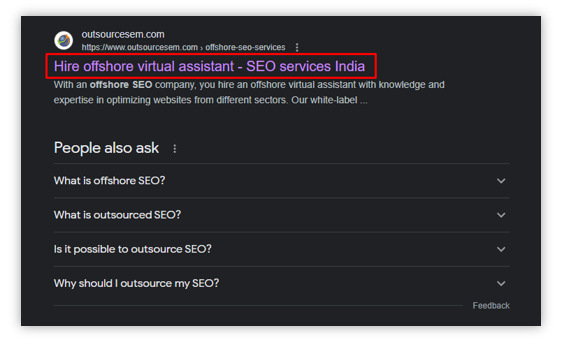
3. Optimized anchor text with internal links - Internal links are links from one page on a website to another page on the same website. They help to organize a website, making it easier for visitors to find the information they are looking for. Internal links can be optimized by using anchor text that accurately describes the page being linked to. Anchor text is the clickable text of a link, and it should include the most relevant keywords related to the page being linked.
Optimizing internal link anchor text can help search engine crawlers understand the website’s content better, thus improving the website’s ranking on search engine results pages. Additionally, optimized anchor text can improve the user experience by providing visitors with a better understanding of the page they are about to access.
.jpg)
4. Creating effective headings - Heading is a great way to communicate the main points of a document or article concisely and effectively. They allow readers to quickly scan the material and identify the key points without having to read through the entire document. They are also useful for organizing larger documents into smaller sections, allowing readers to jump to the section that interests them easily.
Headings should be descriptive and clear, ensuring to capture the section's main idea. If possible, they should also include keywords that can help readers find the material more easily. Hence, headings should make documents and articles more organized and easier to read.
5. Information rich content - Information-rich content is a key factor for successful on-page SEO ranking. It is important to create content that is well-written, relevant and informative for both users and search engine robots. Content should be well-researched and free of any typos or grammar errors. It should also be organized in a way that is easy to read, with proper headings and subheadings.
Good content, irrespective of the length, provides valuable information and is engaging for the reader. It is important to have quality content that is well-written, relevant and interesting. Content should be tailored to the targeted audience and should be optimized for search engines. This means that the content should be written with specific keywords that the search engines will recognize and index.
Additionally, the content should be written with the target audience in mind. It should contain relevant keywords that the audience would be likely to search for. Rich content should also include visuals such as images, videos or infographics. This can help to capture the reader’s attention and make the content more engaging. By providing information-rich content, webmasters can ensure that their website is more likely to rank well in search engine results. Additionally, the content should contain relevant keywords and phrases that are relevant to the topic, as well as relevant internal and external links. Content should also be updated regularly and optimized for desktop and mobile devices. Moreover, content should be organized in such a way that it is easy to digest and can be quickly skimmed. Quality content can help to establish credibility, attract more readers and build a loyal following.
6. Content with PAAs and FAQs - Unlock the power of semantic search - start by exploring the People Also Ask box! This interactive search result provides a list of questions related to your original search query and can help Google increase the number of featured snippets on the SERP - making sure your search results stay up-to-date and relevant.
If you can track them down, target PAA with answers that can be improved upon. Even if the current PAA results are spot-on and you don't expect to take the place of the ranking page, you should still include these questions in your content. That way, your content will be as comprehensive and robust as possible. It all comes back to semantic search!
Enhance your search engine appearance with PAA. Ask the important questions in headings and provide concise answers in lists or paragraphs. For long articles, incorporate the headings directly into an H2. For e-commerce pages, consider creating a separate FAQ section. With a few simple edits, you're ready to go.
Ultimately, content that answers PAAs and FAQs is a great way to provide helpful information to users and improve the overall user experience on a website. It can also help to improve a website's SEO, as it provides relevant and up-to-date information to potential customers.
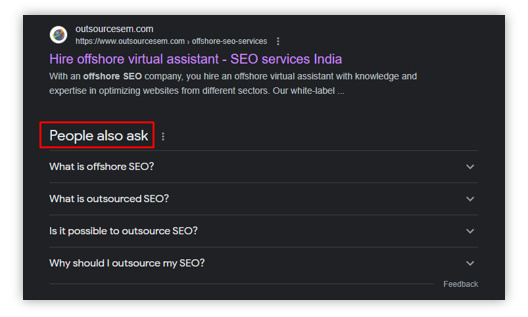
7. Descriptive image alt text - Image alt text, also known as alternative text, is a short description of an image used to increase accessibility and improve SEO ranking. This text is read by screen readers, search engine crawlers, and browsers that don't support images.
When creating alt text for images, the goal should be to provide a concise, accurate description of the image that is both helpful to search engine optimization (SEO) and descriptive for people who can't view the image. Alt text should be keyword-rich but not keyword-stuffed. It should also be relevant to the page's content and not be more than 125 characters.
When it comes to SEO ranking, alt text can help improve the visibility of a page in search engine results. This is because search engines use text to determine what an image is about and to categorize it in search results. For this reason, it’s essential to include keywords relevant to the page topic in the alt text.
Alt text also helps people who can't view the image understand what it is about. For example, someone with a visual impairment may use a screen reader to access a website. Screen readers read the alt text aloud to provide the user with a description of the image.
Moreover, descriptive image alt text is essential for SEO ranking and accessibility. It should be concise and relevant to the page’s content and should include keywords relevant to the page topic. Alt text makes websites more accessible and helps search engines understand the content on a page.
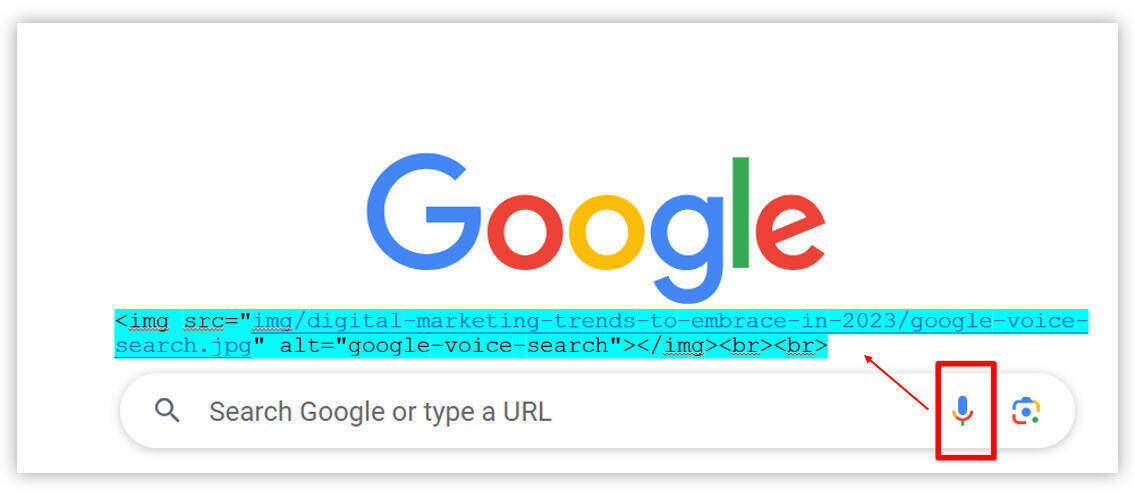
8. Valid schema markup for your site - Valid schema markup is an important part of on-page SEO ranking and can boost your website's search engine rankings. Schema markup is a type of structured data that helps search engines better understand the content of a web page. This structured data can help search engines display website content more prominently in search engine results pages (SERPs).
Schema markup is usually added to the HTML of a web page and uses specific syntax. This syntax is a set of tags, or elements, that define the content of a web page. Schema markup can be used to provide specific information about a web page, such as its title, author, date of publication, and more. When adding schema markup to a web page, it is important to use valid schema markup that adheres to the schema.org syntax. This ensures that search engines can correctly interpret the information provided by the schema markup. It also ensures that search engines can properly index the web page and display it prominently in SERPs.
Valid schema markup can help improve the visibility of a web page in search engine results and can also help increase the click-through rate of a web page. Additionally, valid schema markup can help improve the user experience by providing additional information about a web page, such as ratings and reviews. Overall, valid schema markup is an important part of on-page SEO and can help improve the visibility of a website in search engine results.

Conclusion
On-page SEO factors are important to the success of any website, especially when it comes to website optimization, Google ranking factors and SEO ranking factors. This is because it helps ensure that the content on the website is of the highest quality and is optimized for search engine rankings. By using the right techniques and strategies, Google ranking factors can improve their organic search engine traffic and ensure that the right people see the content. On-page SEO can help improve the visibility of a website in search engine results pages. This is because the use of proper keywords, meta tags and other SEO ranking factors can help the website appear higher in the search engine rankings. Additionally, proper optimization of the website’s content can help make it more appealing to potential readers and customers.
On-page SEO also helps to ensure that search engines properly index the content on the website. This makes it easier for the search engine to identify the content and rank it appropriately. Additionally, proper website SEO can help improve the website’s usability and user experience, ultimately leading to higher engagement and more conversions. Overall, on-page SEO ranking implementation is a crucial part of any website. Keeping in mind the essentials of on-page SEO factors, websites can ensure that their content is optimized, visible and indexed by search engines to drive organic traffic.
With multiple on-page SEO factors that you need to dwell upon to improve the website's ranking on the SERPs, the essential ones have been discussed in the blog ahead. However, to stay ahead of the competitors, you need to keep an eye on digital marketing trends and getting in touch with a digital marketing company would be helpful in this regard. You can outsource SEO services for reliable and cost-effective SEO services. With white label SEO services, you can hire SEO professionals to take the burden off your shoulders. They have mastery in SEO audit, SEO reports, etc., and ensure to maximize the return on investment. Further by hiring our SEO experts you can avail various services like electrician SEO, flooring SEO, roofing SEO, lawyer SEO, small business SEO and other more services for your various businesses. By availing all these services you can increase website traffic for your brand and bring more leads thereafter.
References:
• 8 Essential on-page SEO factors for fast impact
• The complete guide to on-page SEO
